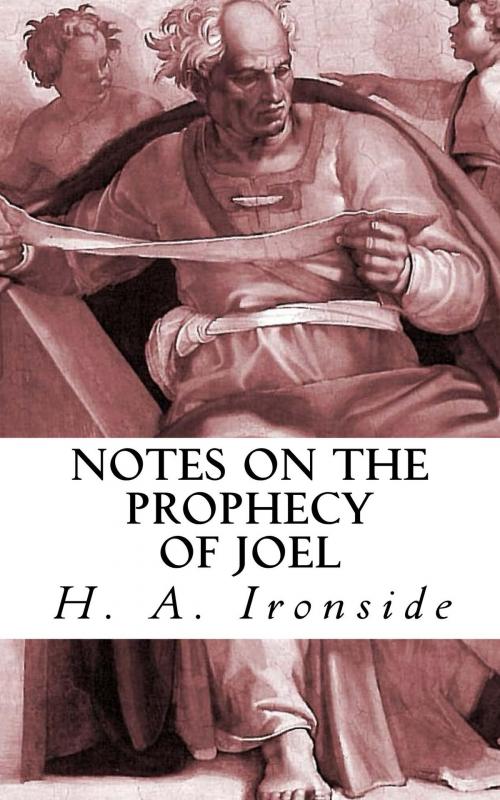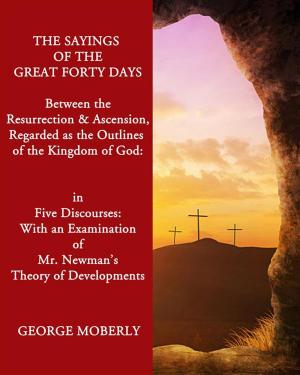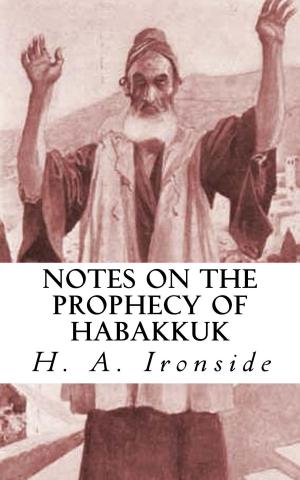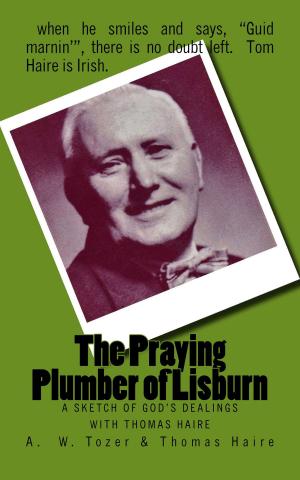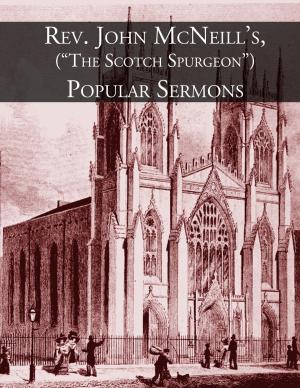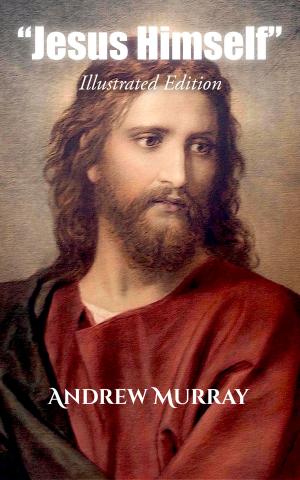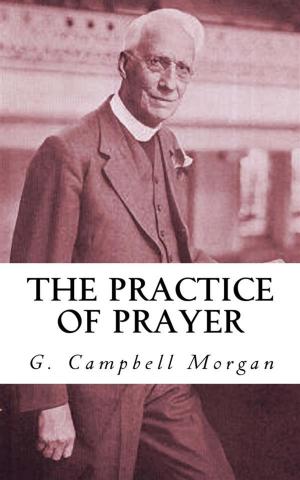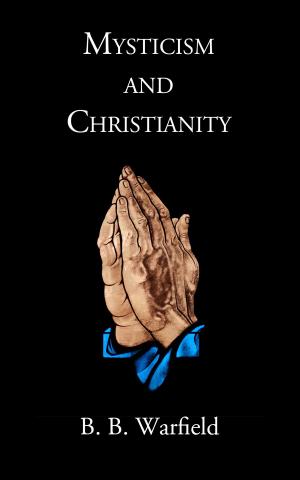Notes on the Prophecy of Joel
Nonfiction, Religion & Spirituality, Christianity, Christian Literature, Bible & Bible Studies, Old Testament, Commentaries| Author: | H. A. Ironside | ISBN: | 1230001949353 |
| Publisher: | CrossReach Publications | Publication: | October 2, 2017 |
| Imprint: | Language: | English |
| Author: | H. A. Ironside |
| ISBN: | 1230001949353 |
| Publisher: | CrossReach Publications |
| Publication: | October 2, 2017 |
| Imprint: | |
| Language: | English |
OF Joel the son of Pethuel we know nothing, save what little we can glean from the three chapters forming his message to Israel. Jewish tradition places him in the days of Uzziah; but authoritative proof there is none. His name means, Jehovah is God; and his father’s name, Vision, or, Wisdom of God, according to some; or, Be ye enlarged (or persuaded), according to another.
The immediate circumstances of his testimony seem to be these. The land of Israel had been visited by a terrible plague of locusts, which had devoured every green thing, leaving barrenness and famine in their wake. Joel is inspired of God to press home upon the consciences of the nation of Judah (for it is in and to the southern kingdom he prophesies) the fact that this visitation was from the Lord, because of the sin of His people.
Then, by the Spirit, he is carried on to the last days, and he beholds in the dire calamity by which they were afflicted a picture of the time of Jacob’s trouble, to take place ere Messiah receives the kingdom. Thus the then present desolation becomes the text of a solemn prophetic discourse that is far-reaching in character. This emphasizes what has already been noticed in our study of Hosea, that while prophecy is in many parts, and may have many applications, it is never limited to local matters, but all has its end and complete fulfilment in “the day of the Lord” yet to come.
Another principle of grave moment is likewise brought to our attention by the manner in which the prophet seeks to use the calamity the people were suffering under at the time, to exercise them as to their own state of soul. God would ever have His children recognize His hand in all such visitations. For the believer, there are no second causes. The Lord has said, “I Jehovah create peace, and create evil.” And He asks the question, “Shall there be evil in a city, and the Lord hath not done it?” (Isa. 45:7; Amos 3:6). Evil, in both these passages, is, of course, calamity—the opposite of a peaceful, quiet condition. If I am called to pass through such experiences, it is because God has seen a need in my soul for just such disciplinary dealings. He has my best interests at heart. Be it mine then to recognize His actings and to be exercised thereby. This is the lesson of Hebrews 12, and is emphasized in the use Joel makes of Judah’s afflictions in this brief but pungent prophecy.
Further remarks will be necessitated on this line as we pursue our study; so we turn at once to consider the teachings of the three stirring chapters of the book itself. May He who alone gives the eye-salve of the Spirit anoint our eyes that we may see wondrous things in His Word now before us!
OF Joel the son of Pethuel we know nothing, save what little we can glean from the three chapters forming his message to Israel. Jewish tradition places him in the days of Uzziah; but authoritative proof there is none. His name means, Jehovah is God; and his father’s name, Vision, or, Wisdom of God, according to some; or, Be ye enlarged (or persuaded), according to another.
The immediate circumstances of his testimony seem to be these. The land of Israel had been visited by a terrible plague of locusts, which had devoured every green thing, leaving barrenness and famine in their wake. Joel is inspired of God to press home upon the consciences of the nation of Judah (for it is in and to the southern kingdom he prophesies) the fact that this visitation was from the Lord, because of the sin of His people.
Then, by the Spirit, he is carried on to the last days, and he beholds in the dire calamity by which they were afflicted a picture of the time of Jacob’s trouble, to take place ere Messiah receives the kingdom. Thus the then present desolation becomes the text of a solemn prophetic discourse that is far-reaching in character. This emphasizes what has already been noticed in our study of Hosea, that while prophecy is in many parts, and may have many applications, it is never limited to local matters, but all has its end and complete fulfilment in “the day of the Lord” yet to come.
Another principle of grave moment is likewise brought to our attention by the manner in which the prophet seeks to use the calamity the people were suffering under at the time, to exercise them as to their own state of soul. God would ever have His children recognize His hand in all such visitations. For the believer, there are no second causes. The Lord has said, “I Jehovah create peace, and create evil.” And He asks the question, “Shall there be evil in a city, and the Lord hath not done it?” (Isa. 45:7; Amos 3:6). Evil, in both these passages, is, of course, calamity—the opposite of a peaceful, quiet condition. If I am called to pass through such experiences, it is because God has seen a need in my soul for just such disciplinary dealings. He has my best interests at heart. Be it mine then to recognize His actings and to be exercised thereby. This is the lesson of Hebrews 12, and is emphasized in the use Joel makes of Judah’s afflictions in this brief but pungent prophecy.
Further remarks will be necessitated on this line as we pursue our study; so we turn at once to consider the teachings of the three stirring chapters of the book itself. May He who alone gives the eye-salve of the Spirit anoint our eyes that we may see wondrous things in His Word now before us!
